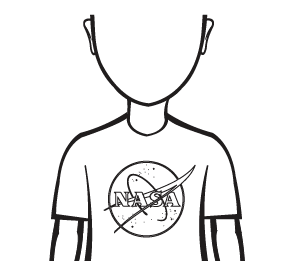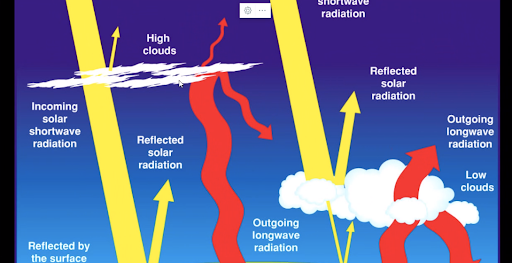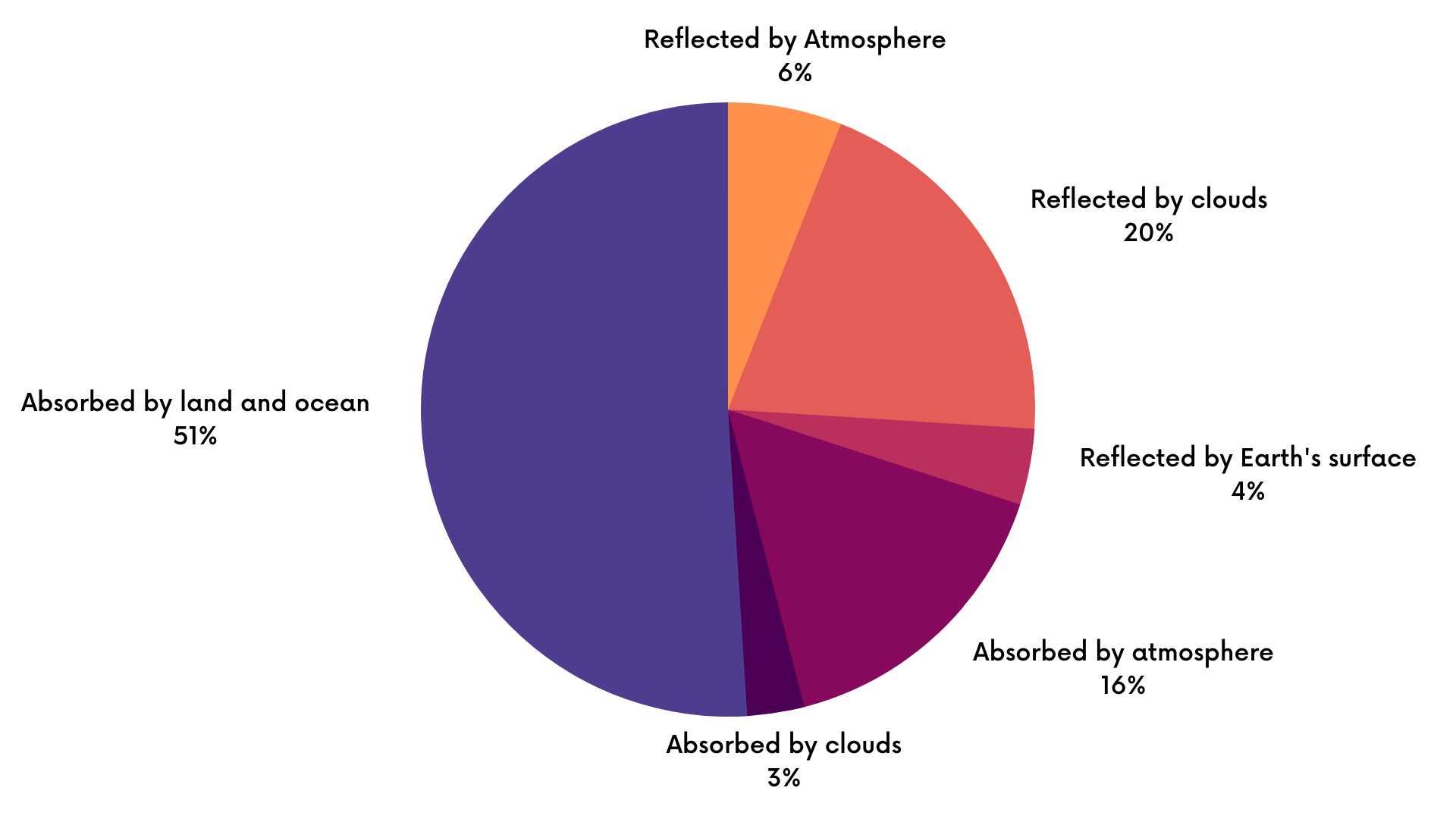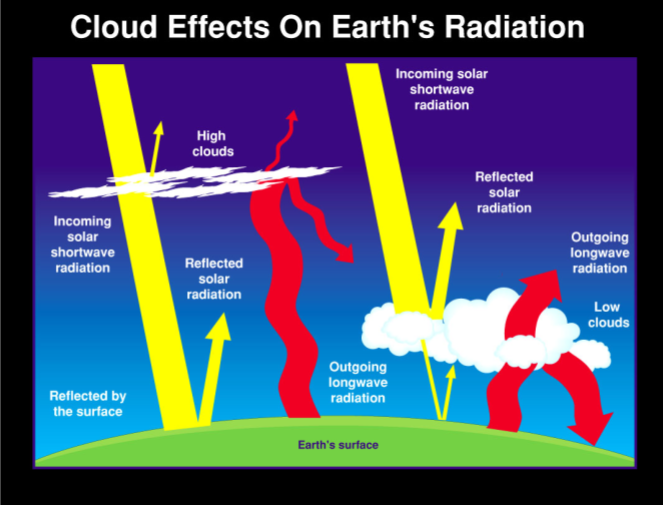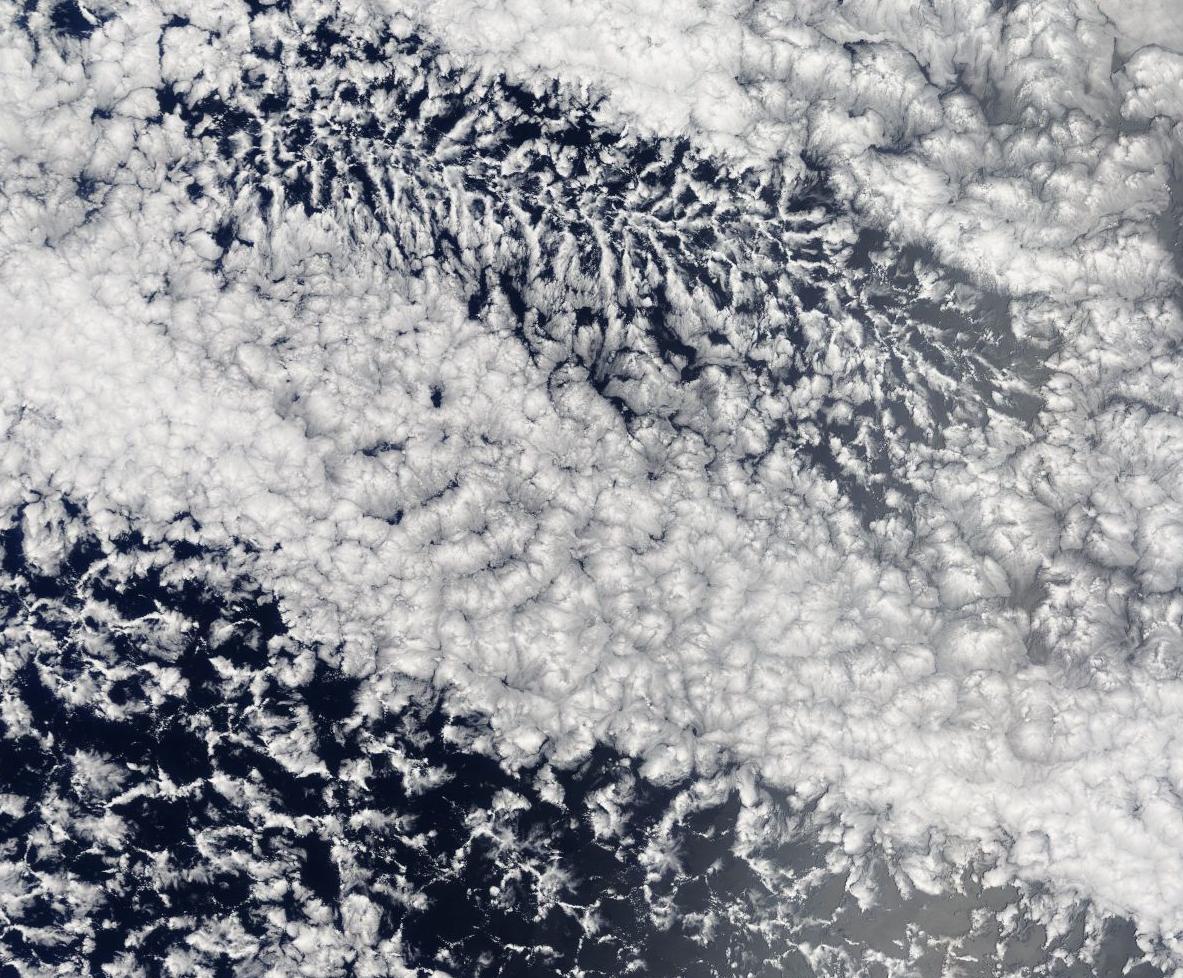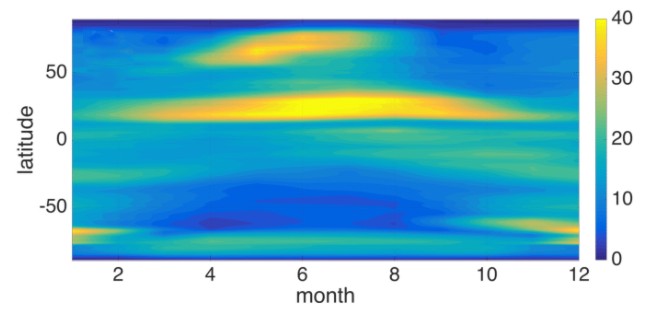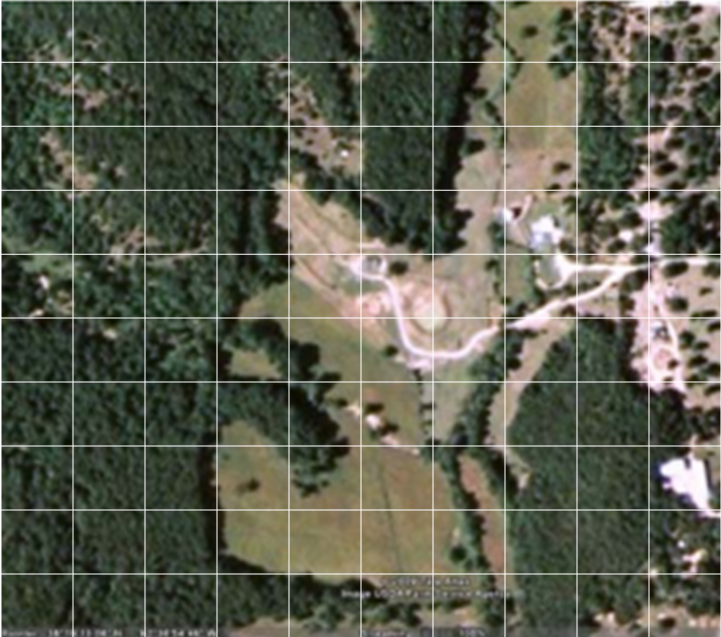Help learners envision themselves as explorers, scientists, technologists, engineers, and mathematicians as they venture into the summer months. Download the PDF of the two sided document on cardstock and have students imagine and illustrate themselves!
List of all Earth as a System Mini Lessons




Students analyze diagrams showing the effects of clouds on Earth’s Radiation and answer the questions that follow. This mini lesson is designed to help students analyze the interaction between clouds and Earth's incoming and outgoing energy.
Students will analyze a pie chart (circle graph) showing the distribution of different parts of the Earth system's absorption and reflection of energy.
Students will analyze a graph showing the amounts of peak energy received at local noon each day over the year changes with different latitudes.
This lesson is designed to help students analyze the interaction between different cloud heights and Earth's incoming and outgoing energy.
Students watch a video and answer questions on Dr. Patrick Taylor (Atmospheric Scientist, NASA Langley Research Center) as he discusses the study of clouds and Earth's energy budget by analyzing data from Low Earth Orbit satellites.
Students will analyze a graph showing the variation of energy imbalance on Earth over the year along different latitudinal zones and answer the questions that follow.
In this mini lesson, students analyze a bar graph showing the relative forcings from natural and human factors that affect Earth's climate. They use information from this graph to assess the relative importance of these factors.
Carbon dioxide concentration in the atmosphere is affected by many processes including fires, deforestation, and plant respiration. Students will evaluate a Landsat image to determine the rate of carbon dioxide sequestration in a particular area.
Students review a video showing a global view of the top-of-atmosphere shortwave radiation from January 26 and 27, 2012 and answer the questions that follow.






